|
- Using a clean pair of scissors or kitchen shears, cut in a straight line along the middle of the top of the shell towards the fins of the tail. Cut through all of the horizontal segments, but do not cut through the end of the tail.
- For this step, you may wish to use a pair of kitchen rubber gloves to handle the tails if they are particularly spiny. Using a spoon or your fingers, separate the meat from the two sides of the shell, then lift the meat up and out from inside the shell. (If you are having difficulty opening the shell up to lift out the meat, flip the tail over and make cuts along the carapace where the legs meet the bottom part tail, or you can squeeze the edges of the shell together until the ribs crack. This will help break the rigid structure of the shell and allow it to be more flexible.)
- Press the two sides of the shell together, then lay the meat over the seam where the two shells meet.
- While cutting through the shell, you may have also cut into the meat, which is perfectly okay. Make a shallow cut through the middle of the lobster meat so that you can peel down the thin layer of meat over the sides. This gives the lobster tail its signature look.
- Preheat oven to 425°F (230°C).
- In a small bowl, combine the butter, salt, pepper, garlic powder, paprika, lemon juice, and parsley, then brush the mixture evenly over the lobster meat.
- Place the tails onto a baking sheet, then bake for approximately 12-15 minutes for larger tails, or 7-10 minutes for smaller tails, until the lobster meat no longer has any translucency throughout. If you have an instant thermometer, you can check that the internal temperature reaches 140°F. The key here is you never want to overcook them - when in doubt, take them out to check their middle, and then put them back into the oven 1-2 minutes at a time depending on how well done they are by that point.
- Serve with a side of lemon wedges.
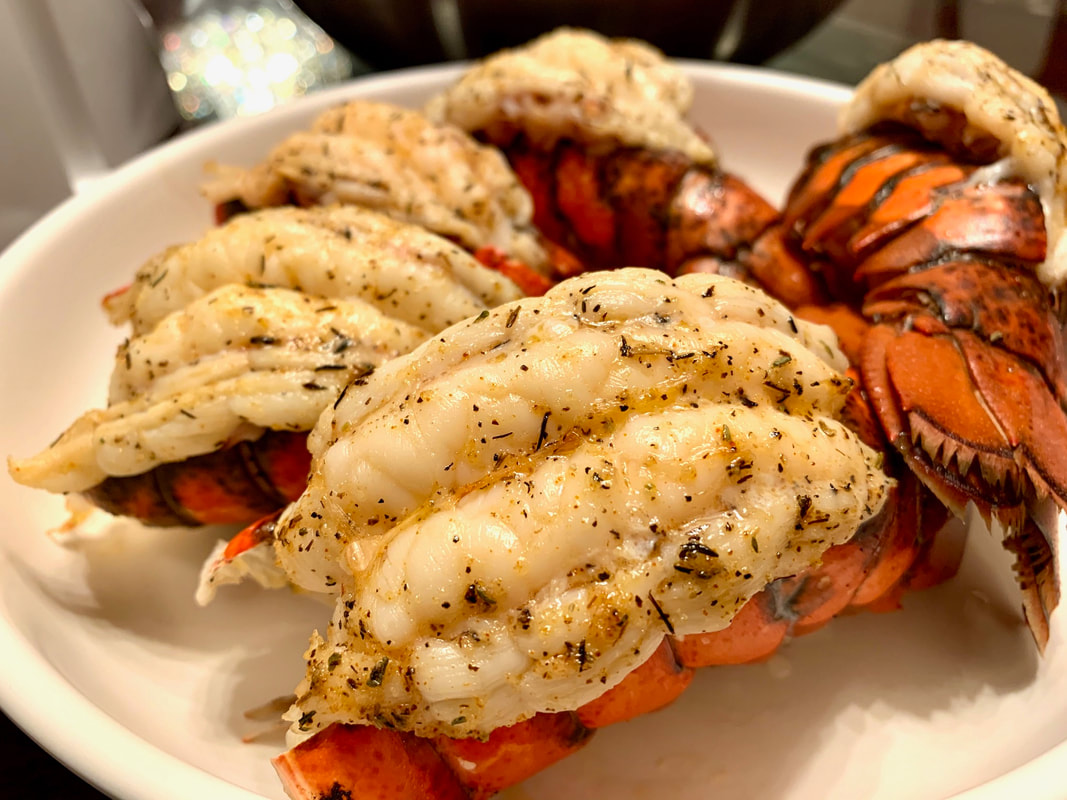
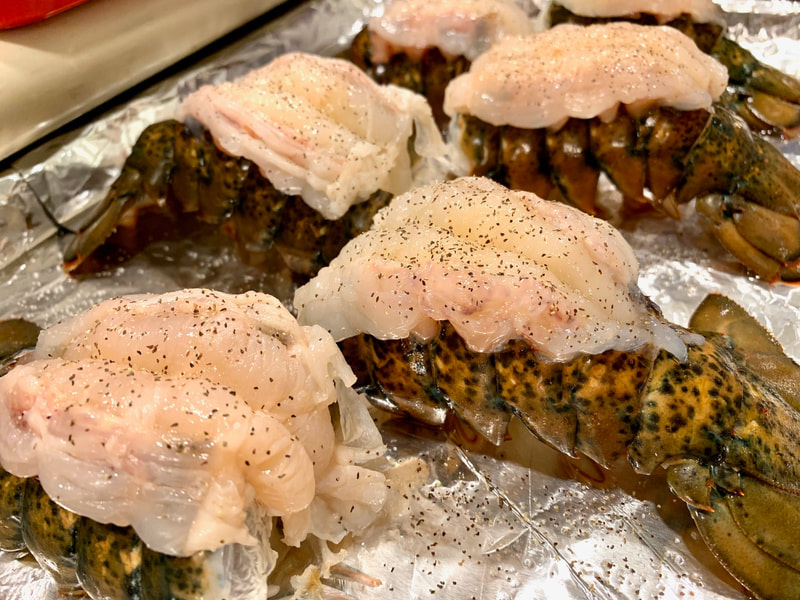
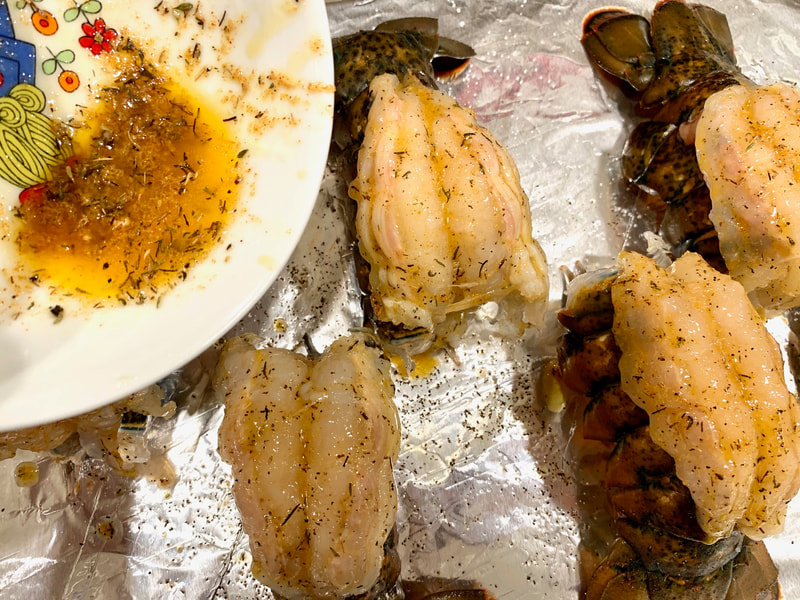
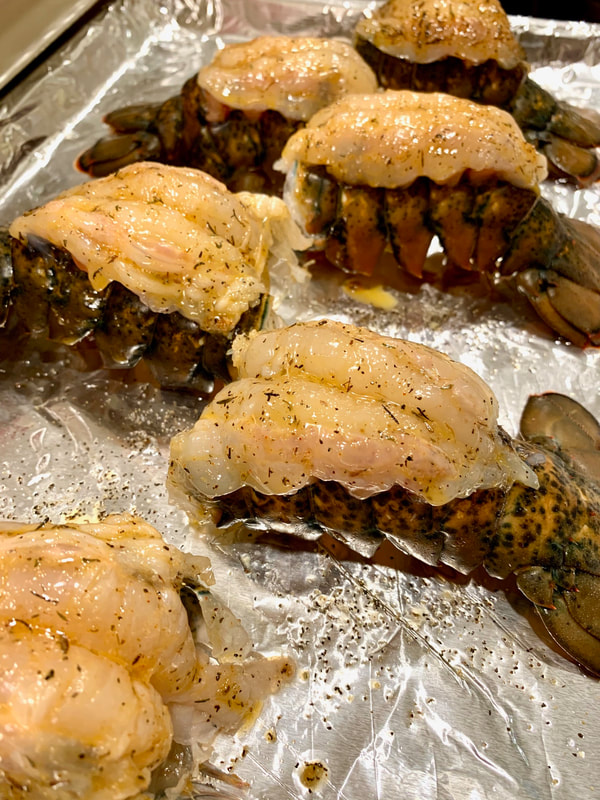
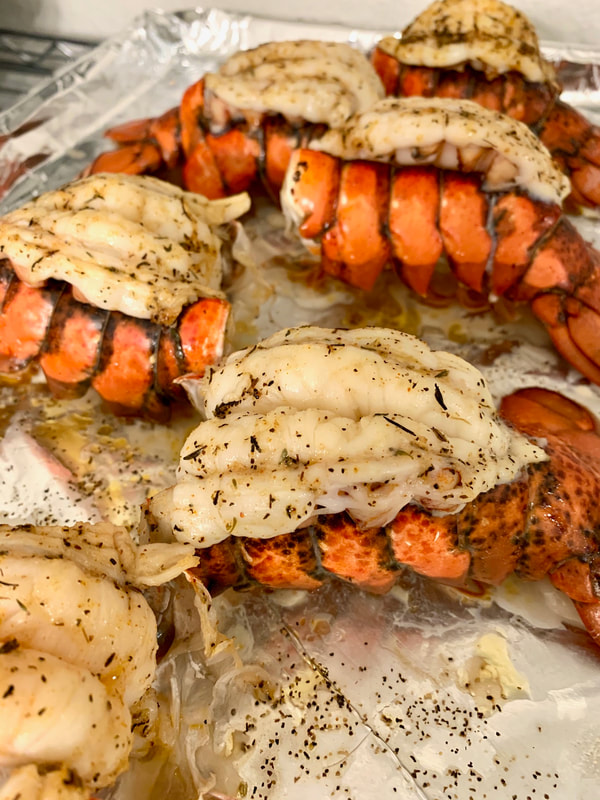
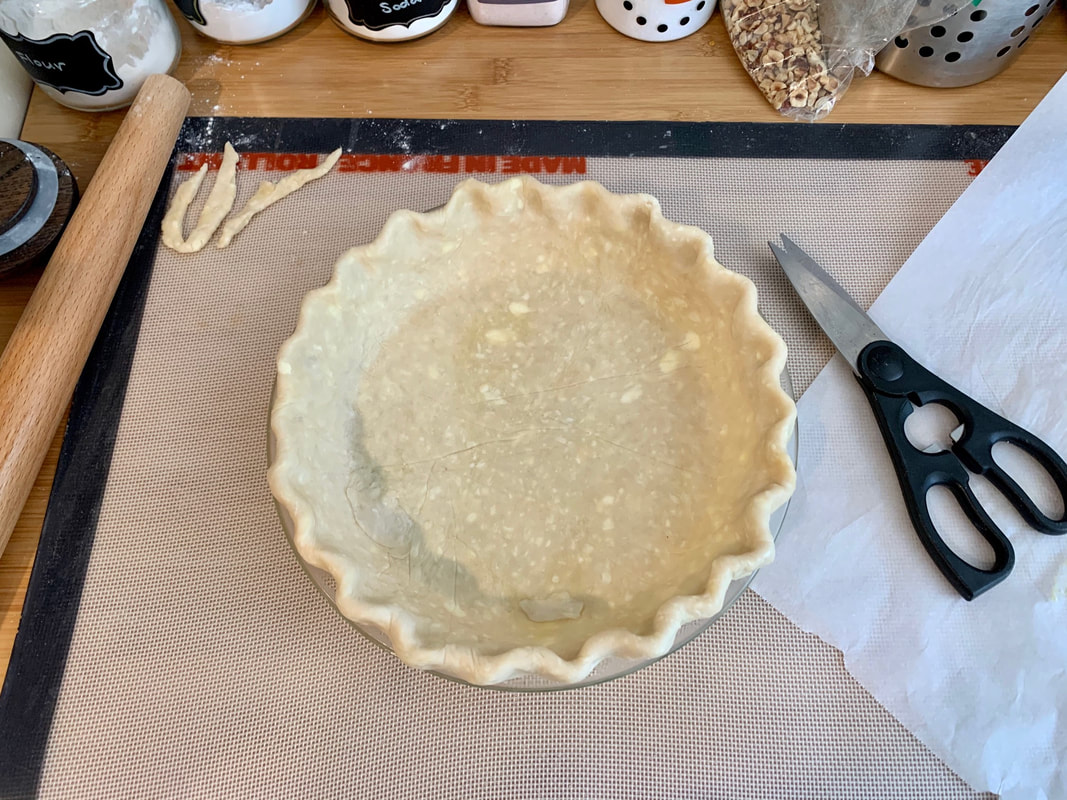
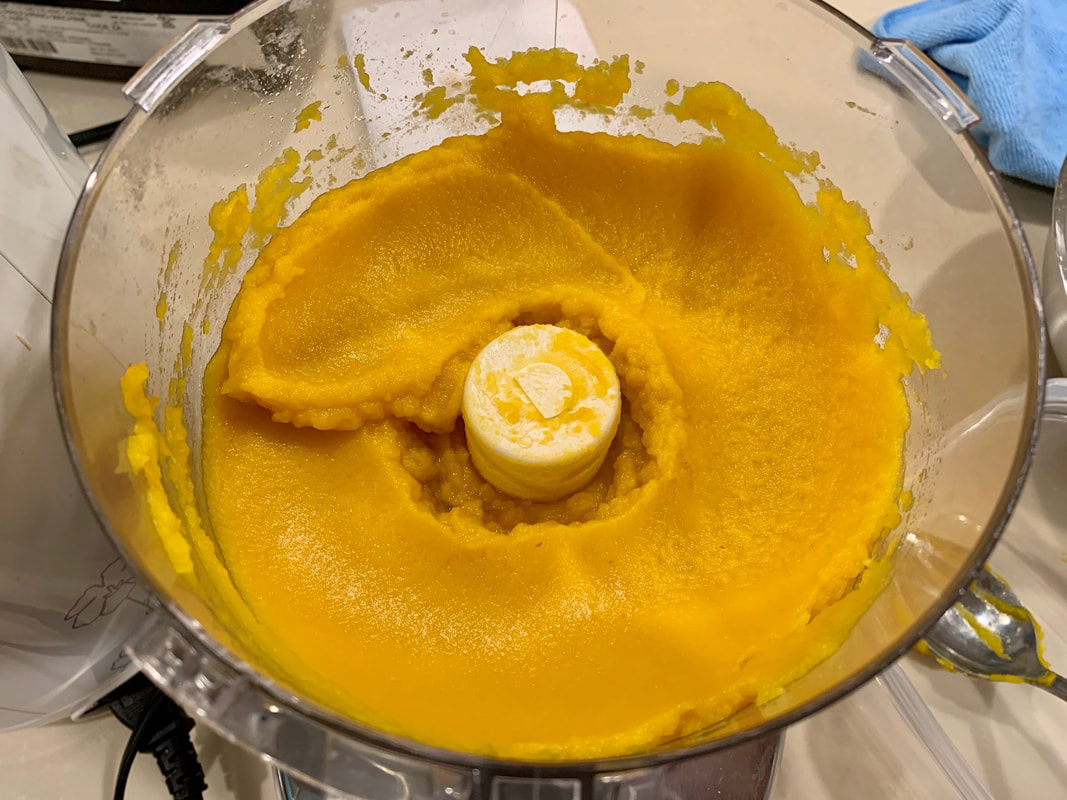
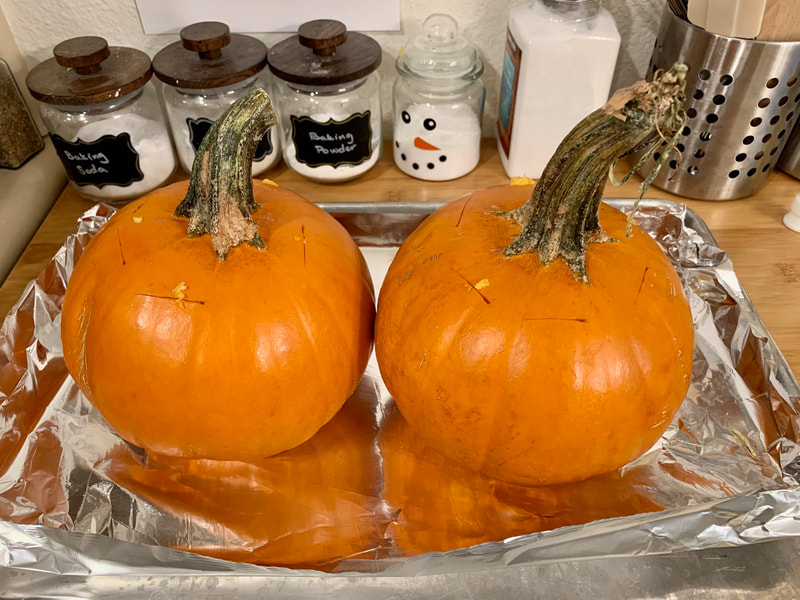
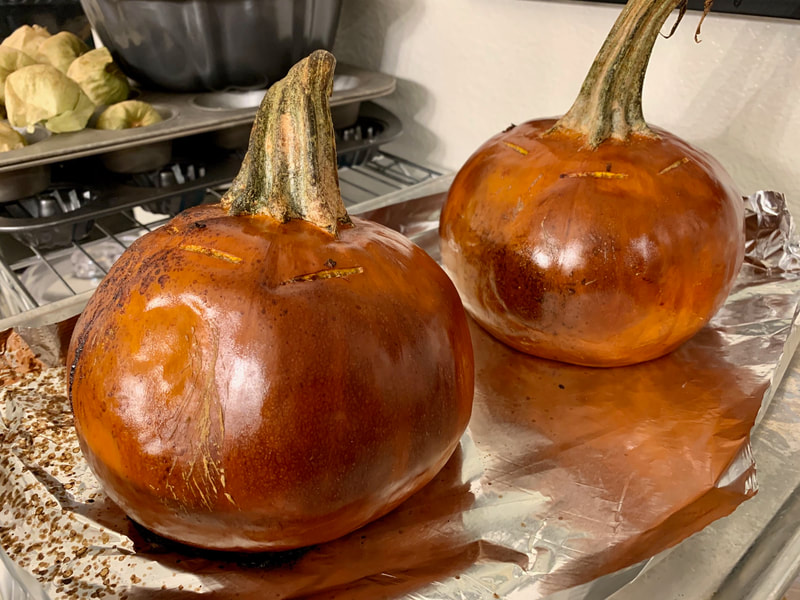

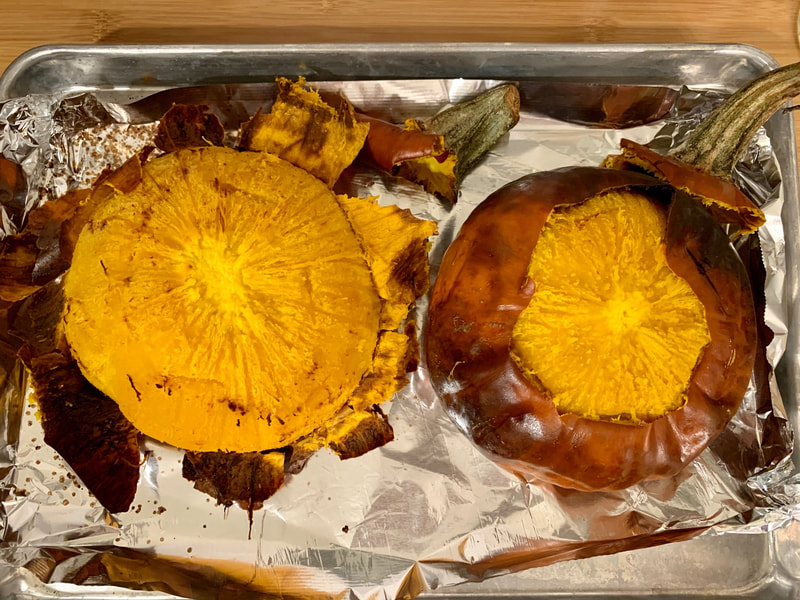
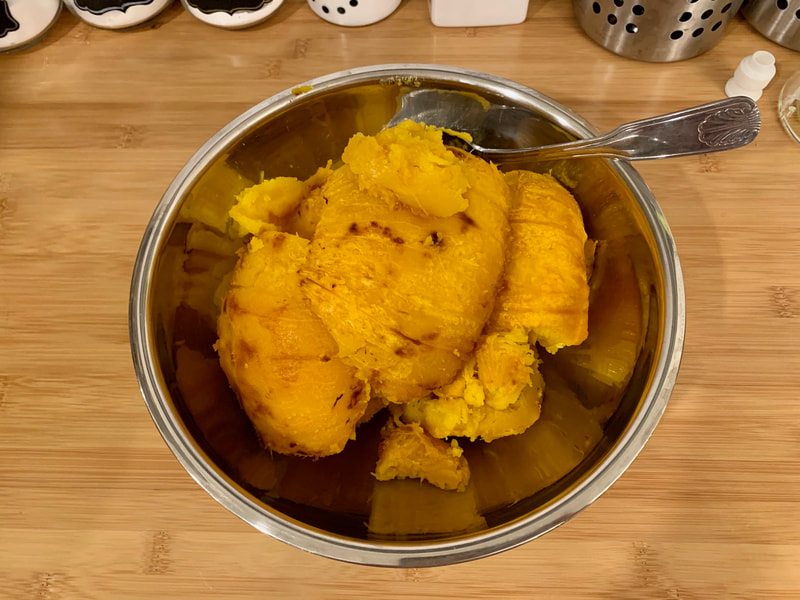
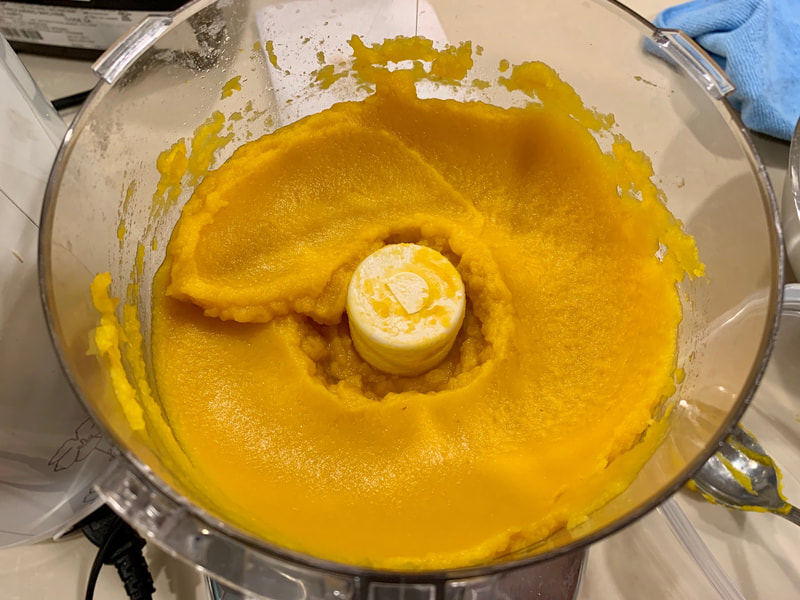

 RSS Feed
RSS Feed